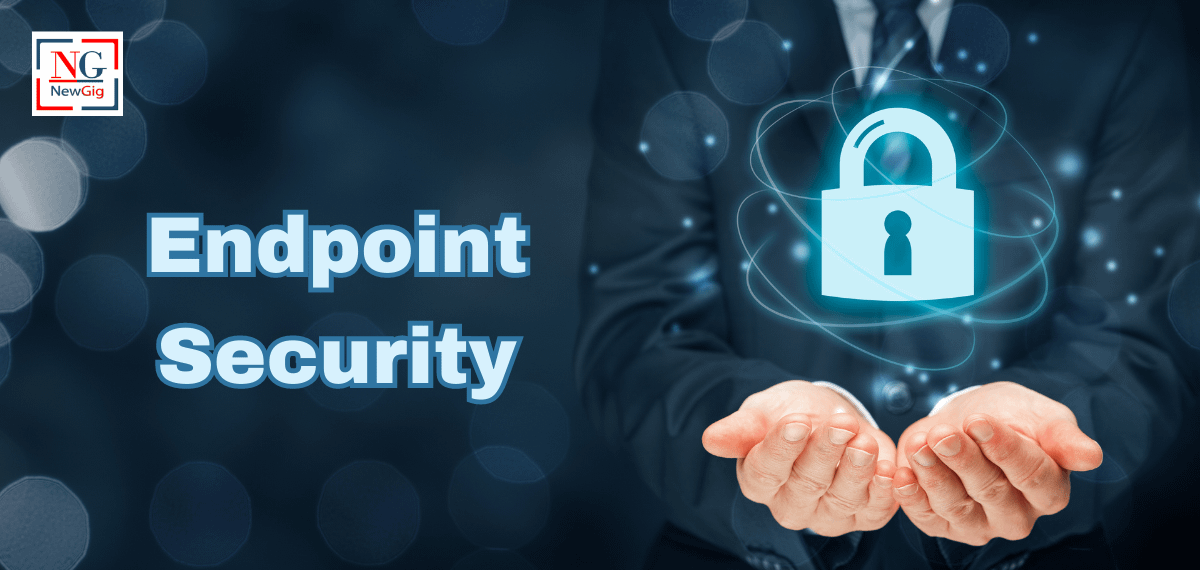Understanding Endpoint Detection And Response: Strengthening Your Cybersecurity Defenses

In today's digital landscape, where cyber threats are becoming increasingly sophisticated and prevalent, safeguarding your organization's sensitive data and systems is of paramount importance. Endpoint Detection and Response (EDR) has emerged as a vital component of modern cybersecurity strategies, helping organizations proactively detect, respond to, and mitigate cyber threats at the endpoint level. In this blog post, we'll delve into the world of EDR, exploring its significance, functionalities, and how it works to enhance your overall cybersecurity posture.
The Significance of Endpoint Detection and Response (EDR)

Endpoints, such as desktops, laptops, servers, and mobile devices, serve as the entry points for many cyberattacks. Traditional security measures, such as firewalls and antivirus software, are no longer sufficient to counter the sophisticated tactics used by cybercriminals. EDR fills this gap by providing continuous monitoring, rapid threat detection, and effective response capabilities at the endpoint level.
How EDR Works

Endpoint Detection and Response (EDR) operates through a continuous and iterative process of monitoring, detection, investigation, and response. It begins by collecting extensive data from endpoints across the network, including user activities, system processes, and network traffic. Advanced analytics and machine learning algorithms then analyze this data, establishing a baseline of normal behavior for each endpoint. Deviations from this baseline trigger alerts for potential threats. Security teams investigate these alerts, leveraging EDR's forensic capabilities to delve deeper into the incident's context and severity.
Key EDR Functions
Data Collection and Monitoring
EDR solutions gather vast amounts of data from endpoints across your network. This data includes information on user activities, software installations, network traffic, and system processes. Continuous monitoring ensures that any abnormal or suspicious behavior is promptly identified.
Threat Detection
Advanced analytics and machine learning algorithms analyze the collected data to identify patterns indicative of potential threats. EDR solutions establish a baseline of normal behavior for each endpoint and can flag any deviations from this baseline. Suspicious activities, such as unauthorized access attempts or unusual file modifications, trigger alerts for further investigation.
Investigation and Analysis
When an alert is generated, security teams can dive deeper into the potential incident to gather more context and assess its severity. EDR tools provide forensic capabilities, allowing security professionals to review historical data and track the progression of an attack.
Rapid Response and Mitigation
Upon confirming a security incident, EDR enables swift action to contain and mitigate the threat. Security teams can isolate compromised endpoints from the network, remove malicious files, or apply necessary patches to prevent further spread. The ability to respond in real-time helps minimize potential damage and data loss.
What are the Key Factors to Consider When Choosing an EDR Solution?

When evaluating an EDR solution, there are several critical factors that should be considered to ensure its effectiveness and suitability for your organization's cybersecurity needs. These factors include:
- Detection Capabilities: A robust EDR solution should possess advanced detection mechanisms, including behavioral analytics, machine learning, and threat intelligence integration, enabling it to identify both known and unknown threats in real-time.
- Response Speed: The ability to swiftly respond to threats is essential. Look for an EDR solution that offers automated response actions and allows for manual intervention when necessary, ensuring rapid containment and mitigation.
- Scalability: As your organization grows, your EDR solution should be able to scale accordingly. It should efficiently handle a larger number of endpoints without compromising performance or detection accuracy.
- Integration: Compatibility with your existing security infrastructure is crucial. The EDR solution should seamlessly integrate with your SIEM (Security Information and Event Management) system, threat intelligence feeds, and other security tools.
- User-Friendly Interface: A user-friendly and intuitive interface is essential for effective threat investigation and response. The EDR solution should present information clearly and provide actionable insights.
- Threat Hunting Capabilities: Proactive threat hunting empowers your security team to actively seek out potential threats. An EDR solution with strong threat-hunting capabilities enables analysts to search for indicators of compromise and emerging risks.
The Evolution of Cybersecurity with EDR

In the ever-evolving realm of cybersecurity, staying ahead of emerging threats is no longer an option—it's a necessity. Endpoint Detection and Response (EDR) has risen to the forefront as an indispensable tool for safeguarding digital assets and fortifying organizational defenses against the relentless tide of cyberattacks.
Traditionally, antivirus software provided a baseline of protection, but the landscape has shifted dramatically. The increasing sophistication of cybercriminal tactics has rendered these measures insufficient. EDR emerges as a beacon of defense, capable of not only monitoring but actively countering threats at the endpoint level.
By embracing EDR and harnessing its fusion with next-gen antivirus capabilities, organizations can build a perfect cybersecurity posture, ready to face the challenges of today and the uncertainties of tomorrow.


